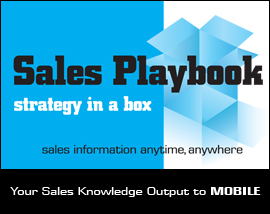Why Sales Training is Vital to Performance Improvement

Sales training can be one of the biggest drivers to improve performance within an organization. And though there are many ways to improve performance, sales training gets to the heart of what sales performance is all about – that moment between the salesperson & the customer. No matter what a company “does,” it’s about getting salespeople in front of the right customer, at the right time, with the right tools. If the sales person doesn’t have the skills to create a great interaction then there is going to be a struggle and you won’t be able to execute. Execution as a skill, or being “the master of the moment,” is one of the most difficult things to teach a salesperson. Combine this with the ever-changing landscape of sales in today’s environment and you got yourself a real challenge to overcome!
Sales professionals have to know their industry, their customers, their products/services, as well as the applications of them. To be successful they need to provide value, more so than just what their product does. Clients are looking for insights, ideas, and looking for you to help them make a better decision or get them to where they want to be. Salespeople have to work on translating information into value, then improving their client’s ROI.
When we look at implementing sales training across an organization we need to look at it strategically. Most people only look in one particular area, when in reality there a few you should look at when doing sales training implementation. Break it down to three segments: what happens before, during & after the training. Most people only focus on the during (the manner in which you deliver the training), what we find more important is to have the before & after in order.
Before: is the organization you’re targeting ready for this change? What are their perceptions around selling? These perceptions drive the messaging around the sales training. The idea is to prepare the mindset then conduct the training.
After: this is where the real work begins – taking knowledge and turning it into behaviours. There is a transition here and we cannot have unrealistic expectations for new trainees, but it is important to keep the end-goal in mind.


